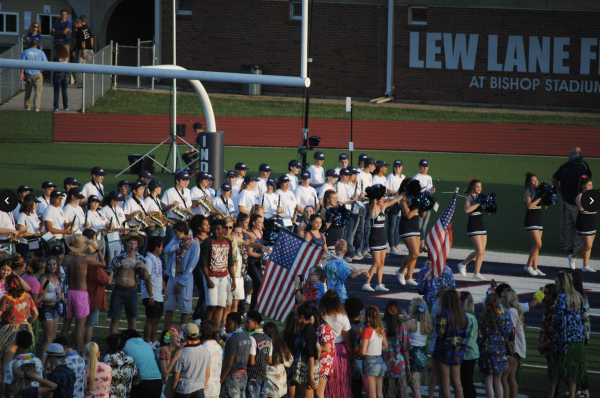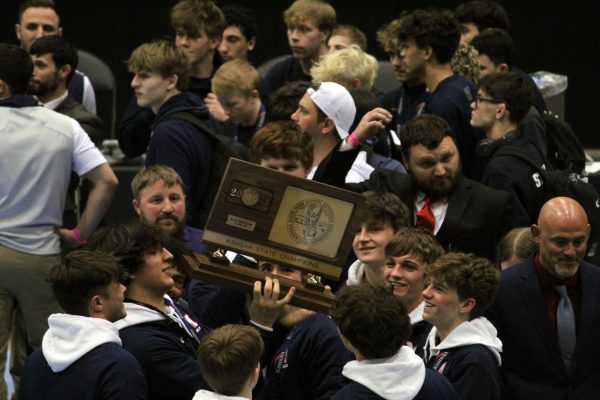2018 Winter Olympics display diverse selection of events
While many of the Summer Olympic sports are relatively self-explanatory and well-known, several of the Winter Olympic sports require a bit more research to completely understand the events. More specifically, winter sports such as cross country skiing and figure skating are fairly popular while others such as skeleton and curling are less understood.
Many of the events in the Winter Olympics are related in some way to skiing. This includes alpine skiing, cross country skiing, freestyle skiing and even ski jumping. In addition, there are a couple sports add a twist to the original style, such as the biathlon and Nordic combined events.
Biathlon: The biathlon events are unique in that they incorporate two skills that don’t normally go together: skiing and marksmanship. Each race, whether individual or relay, consists of several bouts that divide the overall distance into sections. In between each of these sections is a target that the competitors must shoot. In addition to this, the athletes must carry the rifle on their back while skiing and each shot that misses the target results in a time penalty.
Bobsleigh, Luge and Skeleton: Another theme between several of the events is the use of a sled. Each of these sports requires either a team or individual to race down an icy track while competing for the fastest time. The major difference is that the bobsleigh is a team event and requires a larger sled. On the other hand, the luge and skeleton events are either individual or partner competitions that result in a similarly-shaped sled. Luge athletes race down the track on their backs while skeleton athletes sled down on their stomachs.
Curling: Curling is another one of the Winter Olympics games that many may have heard of, but don’t fully understand. The main object of the game is for one team to get their stones across the icy surface and as close to the target as possible; these targets are known as “houses” while the very centers are known as “buttons.” An interesting aspect of this game is the additions of “pebbles,” or water droplets, onto the ice that can slow down the stones and create friction.
While these are several of the sports and events that are less well-known in the Winter Olympics, there remain a few other unique sports that have been included in the past but are no longer a part of the ceremony.
Skijoring: There are a couple of different versions of this same sport, which has been growing somewhat in popularity in recent years. Similar to the biathlon, this sport combines two unlikely things: skiers and cowboys. The western version of this sport involves two competitors per team, one rider on the horse guiding the team through various obstacles and one on skis being pulled behind the horse. However, the Nordic version of this sport involves the replacement of a horse with a dog.
Ski Ballet: Ski ballet is fairly self-explanatory, although less well-known. This sport was included in the Winter Olympics of 1988 and 1992, but not since then. Similar to figure skating, skiers are judged based on technique and artistic flair. Many routines can even include a variety of tricks and flips.
Whether it’s curling or ski ballet, it’s clear that the Winter Olympics is, and has been, a spectacle of talent and unique skill for many years.






